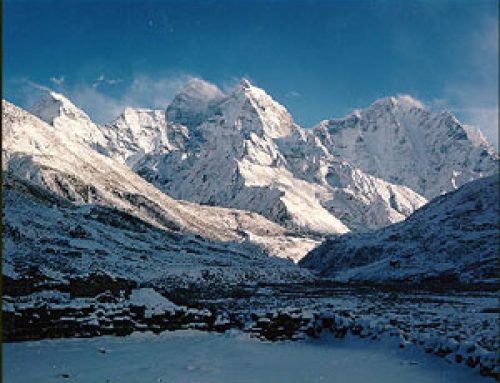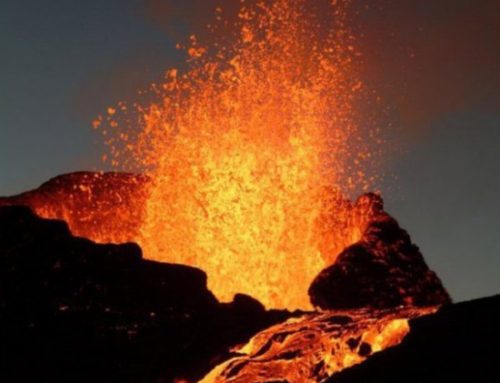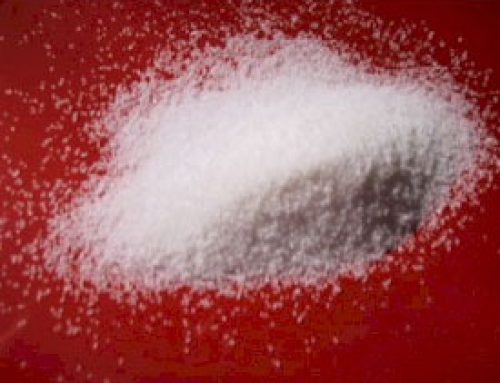
Volcano erupting
When was the Cretaceous period?
During the Cretaceous period, beginning about 145 million years ago, the continents continued to drift away from each other.
Plate tectonics
Back to the Jurassic
Summary of geological eras
All our geology articles
What happened during the Cretaceous?
Because the continents were separated, mammals, birds, and dinosaurs on different continents evolved separately. So they got more and more different from each other. Most land was closer to oceans, so the climate got cooler and rainier. Earth even had snow in some places and glaciers on high mountains.
What are dinosaurs?
Birds and dinosaurs
Early mammals
Greenhouse effect and warming
But by the middle of the Cretaceous period, the movements of the tectonic plates caused a lot of huge volcanic eruptions all over the planet, and these volcanoes shot a lot of carbon dioxide into the air.
What causes volcanoes?
What is carbon dioxide?
The greenhouse effect of all this carbon dioxide warmed up the planet again, so that dinosaurs were able to live even close to the South Pole.
More flowers and insects

A bee on a flower
Flowers and flowering trees and grasses got to be more and more common during the Cretaceous period. The evolution of bees that carried pollen from one flower to another helped flowers grow.
Flowering plants
From flies to bees
What is pollen?
By the end of the Cretaceous most of the plants on earth were flowering ones. In addition to the bees, a lot of other new kinds of insects developed, like ants, grasshoppers, and termites.
From bees to ants

An eagle over the water
Were dinosaurs still around?
Dinosaurs were the main kind of land animal all throughout the Cretaceous period. Mammals were still small and there weren’t very many of them.
Birds, on the other hand, did very well. They pretty much pushed aside the older pterodactyls by the end of the Cretaceous period.
Some of these birds ate the new insects; others ate small mammals or fish.
More about insects
And about fish
Exciting end of the Cretaceous!
About 65 million years ago, the Cretaceous period suddenly ended when a huge meteorite smashed into the Earth. It hit part of what is now Mexico and made an enormous crater more than 110 miles across (180 kilometers).
What is a meteorite?
The meteorite itself must have been more than six miles across (10 km). Nearly all of the dinosaurs died – snakes and crocodiles were among the few reptiles to survive. But some of the mammals and birds also survived into the Tertiary period.
Learn by doing: bird feathers
Go on to the Tertiary period
Bibliography and further reading about the Cretaceous period and geology:




